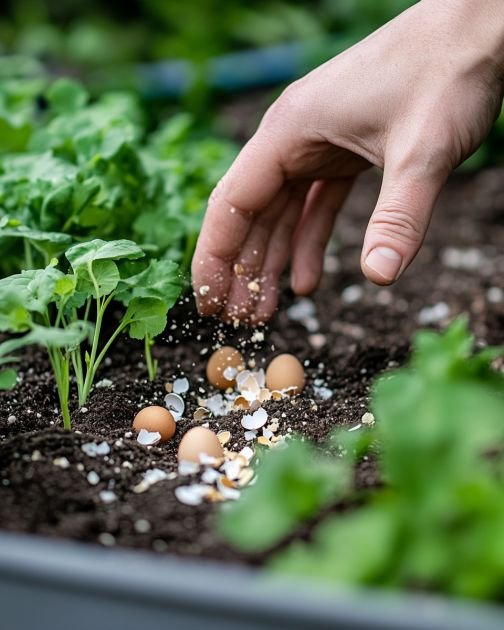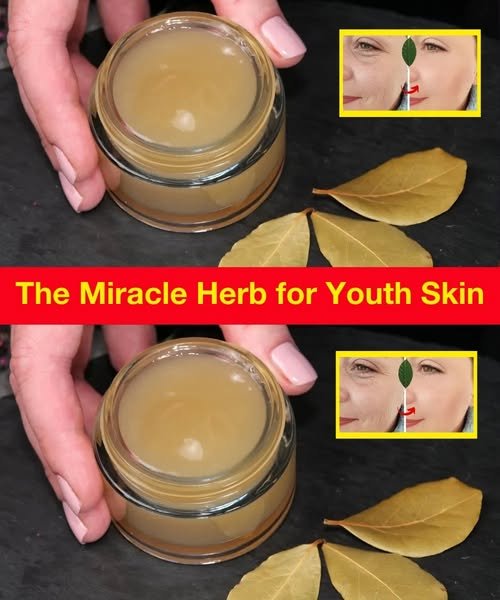In the world of gardening, the quest for natural and sustainable solutions is ever-present. Among the myriad of organic materials available, eggshells stand out as a surprisingly versatile ally for gardeners. While many people discard them as kitchen waste, eggshells can play a crucial role in enhancing the health and productivity of your garden.
Eggshells are composed primarily of calcium carbonate, a compound that offers numerous benefits to plants and soil. From acting as a natural fertilizer to serving as a pest deterrent, the humble eggshell can be a powerful tool in your gardening arsenal. This article delves into the various ways eggshells can be utilized to improve your garden’s vitality and sustainability.
1. Natural Fertilizer: Boosting Soil Nutrients
Eggshells are an excellent source of calcium, a vital nutrient for plant growth. When crushed and added to the soil, they slowly release calcium, which helps in the development of strong cell walls in plants. This is particularly beneficial for plants like tomatoes and peppers, which are prone to blossom end rot due to calcium deficiency.
To use eggshells as a fertilizer, rinse them thoroughly, allow them to dry, and then crush them into a fine powder. You can add about one cup of crushed eggshells per square foot of soil. This not only enriches the soil with calcium but also provides small amounts of other minerals like magnesium and phosphorus.
2. pH Balance: How Eggshells Neutralize Acidic Soil
Eggshells can help neutralize acidic soil, making them a natural alternative to lime. The calcium carbonate in eggshells reacts with the acidity in the soil, raising the pH level to a more neutral state. This is particularly useful for plants that prefer neutral to slightly alkaline soil conditions.
To adjust soil pH, incorporate finely crushed eggshells into the soil at a rate of about 1/2 cup per square foot. It’s important to note that this process is gradual, and it may take several months to see significant changes in soil pH levels.
3. Pest Deterrent: Keeping Slugs and Snails at Bay
Crushed eggshells can act as a physical barrier against soft-bodied pests like slugs and snails. The sharp edges of the eggshells deter these pests from crossing over to your plants, thus protecting them from damage.
To use eggshells as a pest deterrent, scatter crushed shells around the base of vulnerable plants. Ensure the layer is thick enough to create an effective barrier, typically about 1/4 inch deep. This method is most effective when combined with other pest control strategies.
4. Composting Companion: Enhancing Decomposition
Adding eggshells to your compost pile can enhance the decomposition process and improve the overall quality of the compost. The calcium in eggshells helps to balance the carbon-to-nitrogen ratio, which is crucial for efficient composting.
Before adding eggshells to your compost, crush them to increase the surface area and speed up decomposition. A handful of crushed eggshells per compost layer is sufficient. Over time, the eggshells will break down, enriching the compost with calcium and other trace minerals.
5. Seed Starters: Using Eggshells as Biodegradable Pots
Eggshells can be used as biodegradable seed starters, offering a sustainable alternative to plastic pots. They provide a small, nutrient-rich environment for seedlings to grow before being transplanted into the garden.
To create eggshell seed starters, carefully crack the top of the eggshell, empty its contents, and rinse it out. Fill the shell with potting soil and plant your seeds. Once the seedlings are ready to be transplanted, you can plant the entire eggshell in the soil, where it will decompose and provide additional nutrients.
6. Calcium Source: Strengthening Plant Cell Walls
Calcium is essential for the structural integrity of plant cell walls, and eggshells are an excellent source of this nutrient. A calcium deficiency can lead to weak stems, poor root development, and blossom end rot in fruiting plants.
To ensure your plants receive adequate calcium, incorporate finely crushed eggshells into the soil around the base of your plants. This slow-release method provides a steady supply of calcium, helping to strengthen plant cell walls and improve overall plant health.
7. Mulching Marvel: Protecting and Nourishing Plants
Eggshells can be used as a form of mulch, providing both protection and nourishment to your plants. When spread over the soil surface, they help retain moisture, suppress weeds, and gradually release nutrients.
To use eggshells as mulch, crush them coarsely and spread a layer about 1/2 inch thick around the base of your plants. This not only helps to conserve soil moisture but also adds a decorative touch to your garden.
8. DIY Garden Hacks: Creative Uses for Eggshells
Beyond their traditional uses, eggshells can be employed in a variety of creative gardening hacks. For instance, they can be used to make a natural abrasive cleaner for garden tools or to create a calcium-rich spray for foliar feeding.
To make a foliar spray, steep crushed eggshells in boiling water for 24 hours, strain the liquid, and use it to mist your plants. This provides a quick calcium boost, especially beneficial for plants showing signs of deficiency.
9. Sustainable Gardening: Reducing Waste with Eggshells
Using eggshells in the garden is an excellent way to reduce kitchen waste and promote sustainable gardening practices. By repurposing eggshells, you minimize the amount of waste sent to landfills and contribute to a more circular economy.
Incorporating eggshells into your gardening routine not only benefits your plants but also supports a more environmentally friendly lifestyle. It’s a small step that can lead to significant positive impacts on both your garden and the planet.
10. Popular Viral Hacks: Eggshells in Action
Eggshells have gained popularity in recent years, thanks in part to viral gardening hacks shared on social media platforms. From using eggshells to start seedlings to creating homemade fertilizers, these hacks have inspired gardeners worldwide to embrace this natural resource.
One viral hack involves using eggshells to deter deer by scattering them around the perimeter of the garden. The scent of the eggshells is said to mimic the presence of predators, keeping deer at bay. While the effectiveness of this method varies, it highlights the innovative ways gardeners are utilizing eggshells.
11. Common Mistakes: Avoiding Overuse and Misapplication
While eggshells offer numerous benefits, it’s important to use them correctly to avoid potential issues. One common mistake is applying too many eggshells, which can lead to an imbalance of nutrients in the soil.
To prevent overuse, incorporate eggshells gradually and monitor your plants for any signs of nutrient imbalance. Additionally, ensure that eggshells are crushed finely to facilitate decomposition and nutrient release. By using eggshells wisely, you can maximize their benefits without negatively impacting your garden.



